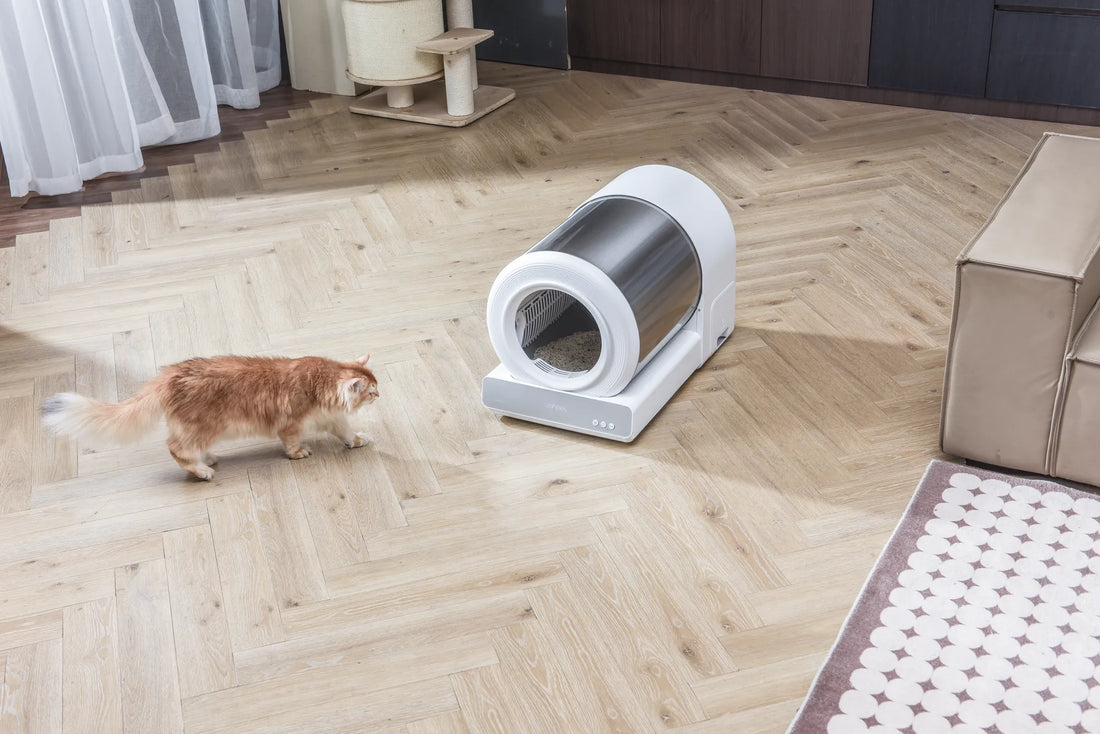If your cat doesn't pee in the litter box, it can be frustrating and concerning. This behavior, known as inappropriate elimination, is a common issue among cat owners. Understanding the reasons behind it and finding effective solutions is crucial for both your cat's well-being and your peace of mind.
Why Cats Avoid the Litter Box
There are several reasons why a cat might avoid using the litter box. These can range from medical issues to environmental factors. Identifying the root cause is the first step toward resolving the problem.
Medical Issues
One of the most common reasons a cat doesn't pee in the litter box is a medical condition. Urinary tract infections, bladder stones, and kidney problems can cause discomfort or pain during urination, leading your cat to associate the litter box with pain. If you notice any signs of distress, such as frequent trips to the litter box, straining, or blood in the urine, consult a veterinarian immediately.
Litter Box Preferences
Cats are particular about their litter box. Factors such as the type of litter, the size of the box, and its location can influence whether your cat uses it. Some cats prefer unscented litter, while others may avoid a box that's too small or too deep. Experimenting with different options can help you find what works best for your feline friend.
Stress and Anxiety
Stress and anxiety can also lead to litter box avoidance. Changes in the household, such as a new pet, a move, or even a change in routine, can disrupt your cat's sense of security. Providing a calm and stable environment, along with plenty of attention, can help alleviate stress-related issues.
How to Address the Problem
Once you've identified the potential cause of your cat's behavior, you can take steps to address it. Here are some strategies to encourage your cat to use the litter box again.
Consult a Veterinarian
If you suspect a medical issue, the first step is to consult a veterinarian. They can perform tests to diagnose any underlying conditions and recommend appropriate treatment. Addressing health problems promptly can prevent further complications and restore your cat's litter box habits.
Optimize the Litter Box Setup
Make sure the litter box is clean, accessible, and appealing to your cat. Scoop it daily and change the litter regularly. Place the box in a quiet, low-traffic area where your cat feels safe. If you have multiple cats, provide one litter box per cat, plus an extra one, to avoid competition.
Reduce Stress
Create a stress-free environment for your cat by maintaining a consistent routine and providing plenty of enrichment. Interactive toys, scratching posts, and cozy resting spots can help your cat feel more secure. If necessary, consider using calming products or pheromone diffusers to reduce anxiety.
Preventing Future Issues
Preventing litter box problems is easier than dealing with them after they arise. By taking proactive steps, you can ensure your cat continues to use the litter box consistently.
Regular Veterinary Checkups
Schedule regular veterinary checkups to monitor your cat's health and catch any potential issues early. Preventive care is essential for maintaining your cat's overall well-being and preventing medical-related litter box problems.
Maintain a Clean Litter Box
Keeping the litter box clean is one of the most effective ways to prevent avoidance. Cats are naturally clean animals and may refuse to use a dirty box. Establish a routine for scooping and cleaning to ensure the box remains inviting.
Monitor Environmental Changes
Be mindful of changes in your cat's environment and how they might affect their behavior. Introduce new pets or changes in the household gradually, and provide extra attention and reassurance during transitions.
If your cat doesn't pee in the litter box, don't despair. With patience, understanding, and the right approach, you can address the issue and restore harmony in your home. Remember, every cat is unique, and finding the solution that works best for your feline companion may take time. By prioritizing their health, comfort, and happiness, you can create an environment where they feel safe and secure—and where the litter box is always the preferred spot.













